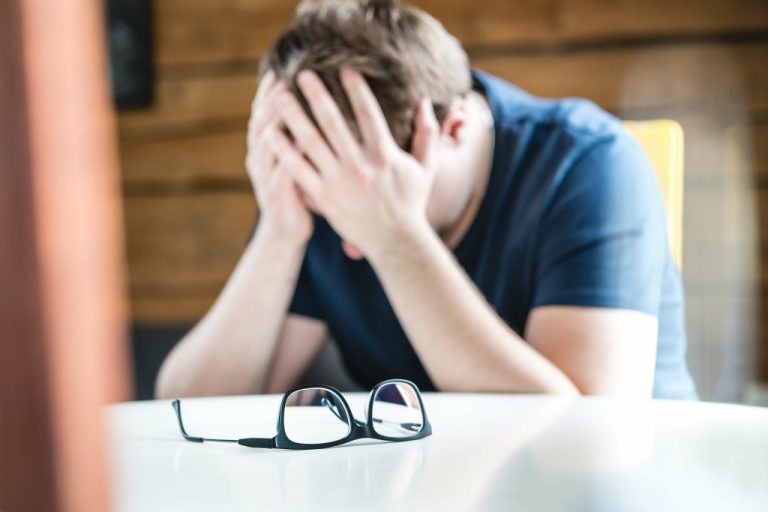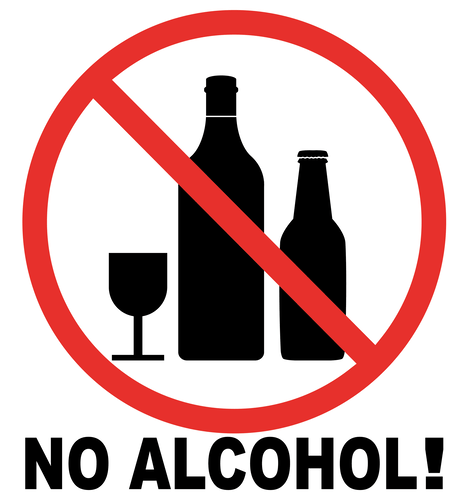Not only is alcohol risky on its own, but as a depressant, it can amplify the effects of medications with sedative properties, including Suboxone. If you’ve been wondering whether the occasional drink is okay while taking Suboxone, here’s what you need to know about https://sober-home.org/ how these substances interact and can affect you. Mixing Suboxone and alcohol is not advisable because of the potential health risks. A person undergoing Suboxone treatment for substance use disorder needs to follow the guidelines laid out in the program to succeed.
- You must adhere to your doctor’s recommendations and embrace the psychosocial support and therapy offered as part of the treatment plan.
- These cognitive impacts can be especially harmful if they lead a person into other dangerous situations.
- However, that is only the beginning because things can accelerate and run out of control pretty fast.
- Calling The Recovery Village can get you into a treatment program but cannot send emergency services to your location.
Most of us already know that drinking a lot of alcohol can cause severe damage to body organs such as the liver. Combining Suboxone and alcohol can significantly affect your breathing rate leading to an increased risk of suffering a cardiac arrest. According to the Substance Abuse and Mental Health Services Association, there are approximately 30,000 suboxone-related emergency room visits every year. At least 50% of these hospitalizations involved mixing Suboxone and alcohol.
If a person is already suffering from an underlying health condition, combining Suboxone and alcohol can have unpredictable and permanent side effects. For instance, alcohol and Suboxone use can cause mental health problems to develop or worsen. More resources for a variety of healthcare professionals can be found in the Additional Links for Patient Care. While Suboxone doesn’t directly treat alcohol use disorder, it may lend itself to preventing individuals from being in situations where they are drinking or consuming other substances.
Our Services
Your doctor and pharmacist can advise you on which vaccines are recommended for you. Before starting treatment with Suboxone, tell your doctor if you’re taking buspirone. If you are, they may monitor you for serotonin syndrome more frequently than usual. Symptoms of opioid withdrawal can include nausea, headache, sweating, and anxiety. Taking Suboxone in combination with naltrexone may cause opioid withdrawal.
Suboxone and health-related interactions
Damage to the liver may become evident when a person starts to become yellow in their eyes and skin. There are several long-term health consequences that can occur as a result of mixing alcohol with Suboxone. It is strongly advised that opiate drugs should not be mixed with alcohol.
In particular, Suboxone medication used to treat opiate addiction demands consistent medical care. Most patients are required to check with their physicians every four weeks. Missing a schedule with their doctors would mean patients cannot take their medications on time, resulting in the appearance of withdrawal symptoms. Suboxone is a narcotic painkiller used in the treatment of opioid addiction and dependence. People under Suboxone medication should not try to mix Suboxone with alcohol or other drugs. The effects of mixing Suboxone and alcohol are generally more pronounced than when each is taken separately.
Initial and more minor side effects like drowsiness and slurred speech are important to identify early on in order to prevent the risk of overdose. When they discontinue these drugs, they subsequently experience severe withdrawal symptoms and cravings. Suboxone aims to combat these issues so that opioid use patients can become sober once more. Suboxone is a medical solution for many people with substance use disorders in their journey to sobriety. Thanks to the safety of this drug – especially in contrast to other treatments like Methadone – it tends to have a high success rate. The biggest risk from drinking alcohol when on Suboxone is clearly stated in the drug’s literature.
In the long term, using alcohol and Suboxone together can affect the heart rate and decrease blood flow, making respiratory infections more likely. The cognitive effects are also likely to get worse, which affects logic and decision-making. Decreased blood flow can also lead to brain damage and increase the risk of intentional self-harm alongside accidentally risky behaviors.
Contributors to this article for the NIAAA Core Resource on Alcohol include the writer for the full article, content contributors to subsections, reviewers, and editorial staff. These contributors included both experts external to NIAAA as well as NIAAA staff. For example, if you have unprotected sex, you could develop a sexually transmitted disease. Furthermore, alcohol interferes with how your brain operates, causing changes in your behavior and mood.
FAQs for Suboxone and Alcohol
If you think you are addicted to Suboxone and alcohol, check with your doctor as soon as possible to find out the best way to recover from the addiction. Be aware that drinking alcohol in moderation is not necessarily bad so long as the use of Suboxone is obviated. Counseling is an integral part of treating opiate dependence and helps patients adjust to a kind of life free of substance use. Counseling and medication work hand in hand towards a successful treatment of opiate dependence. This can lead to cloudy thinking, faster intoxication, and an increased risk of accidental overdose. If you need pain relief while taking Suboxone, you can ask your doctor or pharmacist to recommend a suitable treatment.
Mixing Suboxone and Alcohol
Buprenorphine is a type of medication called an opioid partial agonist-antagonist. This means it partially attaches to opioid receptors (binding sites) and lightly activates them. Because this process is similar to how opioids work, buprenorphine helps decrease opioid cravings in people receiving Suboxone to treat opioid dependence. Also, this partial binding lessens the symptoms of opioid withdrawal. A unique consequence of Suboxone is that is may cause people to drink more alcohol unintentionally. The naloxone in Suboxone blunts the pleasurable effects of alcohol.
Here are some frequently asked questions about Suboxone and possible interactions. If you already have a liver problem, the medication may worsen your condition. If you have a liver problem, tell your doctor before starting Suboxone treatment. Before taking Suboxone, tell your doctor if you have any adrenal gland problems, such as Addison’s disease.
To learn more about taking prednisone in combination with Suboxone, talk with your doctor or pharmacist. It’s likely safe to consume foods and drinks containing caffeine while you’re taking Suboxone. Suboxone may have other interactions, such as with supplements, foods, vaccines, or even lab tests.
People intending to abuse the substances may drink more alcohol in an attempt to counter that negation. This excessive intake significantly increases the chances of what is a dry drunk overdose or other harmful effects. For this reason, healthcare providers must be closely involved in the recovery process, along with other treatment providers.





